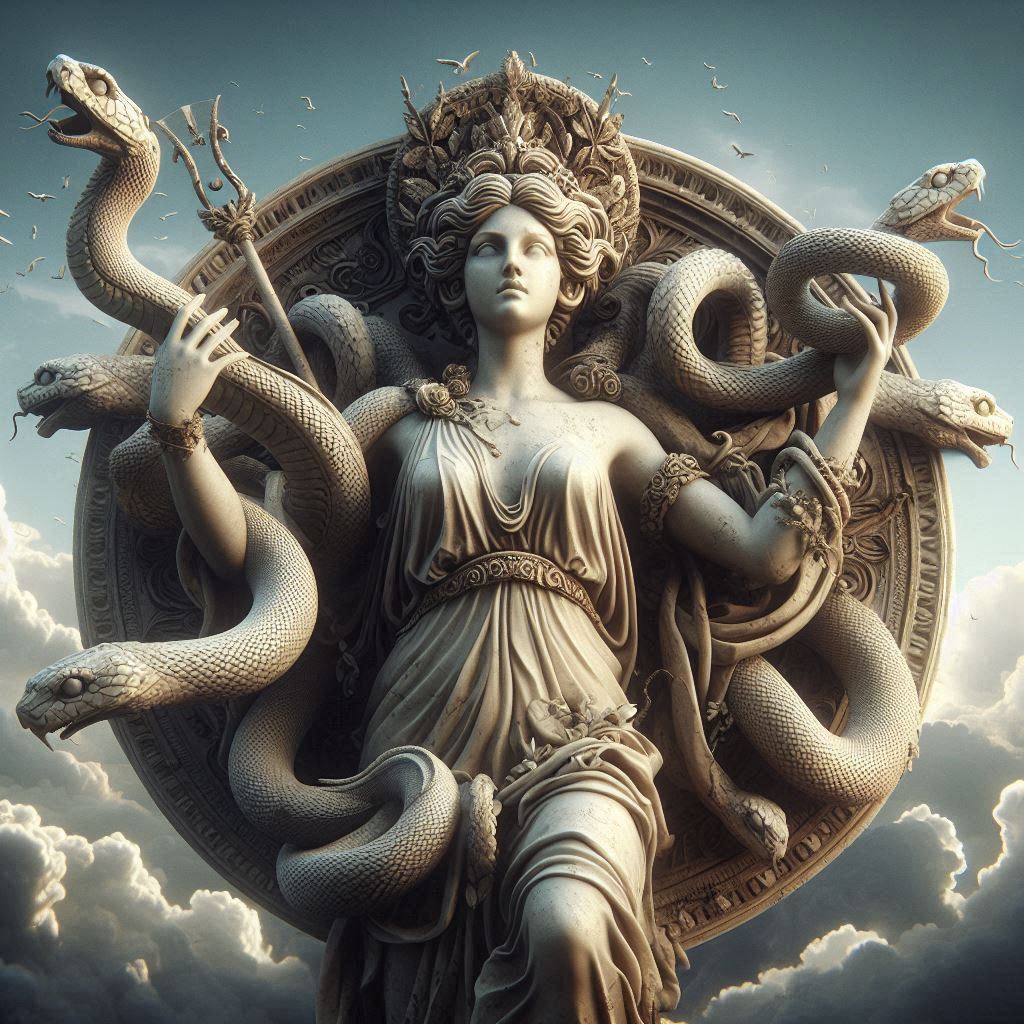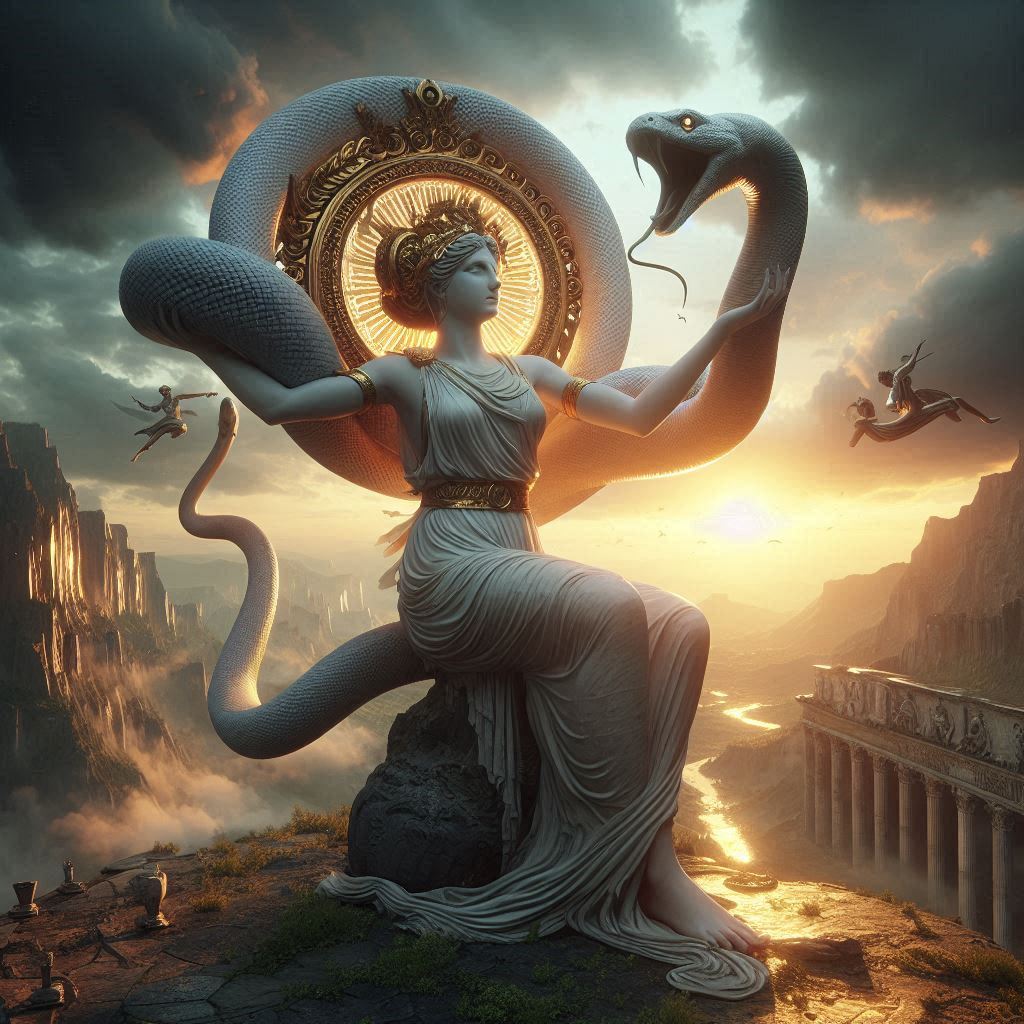Table of Contents
Different Types of Meters in Poetry
What is a Meter in Poetry? Poetry, throughout history, has served as one of the most profound mediums for human expression, weaving together emotions, ideas, and aesthetics. Central to this art form is meter—a fundamental rhythmical structure that determines the flow of a poem. The metric framework organizes the natural rhythm of language into patterns of stressed and unstressed syllables, lending musicality and order to verse.
Various metric systems are used to evoke different effects, with each type contributing to the unique tonal and rhythmic qualities of a poem. In this essay, I will explore the primary types of poetic meter, examining their structures, significance, and impact on the poetic experience.

I. The Essence of Meter in Poetry
Meter refers to the systematic arrangement of syllables and stresses, which creates a rhythmic pattern in verse. The smallest unit in meter is the “foot,” which consists of a specific combination of stressed and unstressed syllables. Poets organize these feet in a sequence within a line, which, when repeated throughout the poem, forms its metrical structure. Meter brings a layer of musicality to poetry, affecting the mood and pace of the text, and is a crucial tool for poets who wish to enhance their thematic messages or emphasize certain emotional effects.
II. Types of Metrical Feet
The variety in poetic meter primarily arises from different types of metrical feet, with each pattern creating a unique rhythmic experience. The most common feet in English poetry are:
- Iamb: An iamb consists of an unstressed syllable followed by a stressed syllable (e.g., “away”). This foot is the most commonly used in English poetry, as it closely mirrors the natural rhythm of spoken English, making it suitable for both conversational and formal tones.
- Trochee: In a trochee, a stressed syllable is followed by an unstressed syllable (e.g., “garden”). This pattern gives a rhythm that is somewhat forceful and insistent, often used to evoke a sense of energy or command.
- Anapest: An anapest consists of two unstressed syllables followed by one stressed syllable (e.g., “understand”). The anapestic meter is commonly used for lighter, more playful tones due to its rolling rhythm and is often found in children’s poetry or comic verse.
- Dactyl: A dactyl is the reverse of an anapest, with one stressed syllable followed by two unstressed syllables (e.g., “beautiful”). Dactylic meter, with its falling rhythm, can convey a sense of grandeur or melancholy and is often used in classical and epic poetry.
- Spondee: A spondee consists of two stressed syllables (e.g., “heartbreak”). Though rare as a consistent meter, spondees are powerful tools for emphasis, often used within lines to break the rhythm and draw attention to particular words or phrases.
III. Metric Types Based on Line Length
Poetic lines are also classified based on the number of feet they contain, adding another layer to the metric structure. Some of the most notable types include:
- Monometer: A line with one foot, creating a very brief line. Due to its shortness, monometer can lend a striking or jarring effect, useful for punctuating or emphasizing a thought in minimalist poetry.
- Dimeter: A line with two feet, which often produces a brisk rhythm. Dimeter is uncommon for long passages but can be used effectively in short, poignant lines to create a sense of urgency or tension.
- Trimeter: A line with three feet, commonly seen in short lyric poems. Trimeter provides a balanced but quick rhythm and is often used to convey clarity and simplicity.
- Tetrameter: A line with four feet, one of the most versatile line lengths in English poetry. Tetrameter strikes a balance between brevity and musicality, making it suitable for various themes and tones.
- Pentameter: A line with five feet, notably used in iambic pentameter. This line length, popularized by Shakespeare and other English poets, allows for complex expression within a natural rhythm, making it a staple in English sonnets and other formal poetic forms.
- Hexameter: A line with six feet, often used in epic poetry to convey a sense of grandeur. In English poetry, hexameter is sometimes known as “alexandrine” and often used as a line extension in certain structured forms, like the Spenserian stanza.
- Heptameter and Octameter: Lines with seven and eight feet, respectively, create extended rhythmic passages. Heptameter (commonly called “fourteeners” in ballads) is often seen in narrative poetry, while octameter, though rare, can create a rolling, dramatic rhythm.
IV. Common Metric Types and Their Impact
- Iambic Pentameter: As the dominant meter in English verse, iambic pentameter is composed of five iambs per line, creating a ten-syllable line alternating between unstressed and stressed syllables. This meter is known for its versatility, enabling poets to express nuanced emotions and complex ideas without imposing excessive rhythmic constraints. Used by figures such as Shakespeare, Milton, and Chaucer, iambic pentameter is celebrated for its close resemblance to natural speech, making it particularly effective in dramatic monologues and dialogue.
- Trochaic Tetrameter: Common in both lyric and narrative poetry, trochaic tetrameter consists of four trochees per line. Its rhythmic emphasis on the first syllable gives it a distinctive, driving quality, often used to create a sense of energy or movement, as seen in the work of poets like Henry Wadsworth Longfellow and William Blake.
- Anapestic Tetrameter: This meter features four anapests per line, giving a flowing and somewhat whimsical rhythm that is well-suited to lighter or humorous verse. Its rolling quality makes it a favorite in children’s poetry, including the playful verses of Dr. Seuss.
- Dactylic Hexameter: Known as the “heroic meter,” dactylic hexameter is the traditional meter of classical epic poetry. Used in works like Homer’s Iliad and Odyssey, it conveys a sense of grandeur and solemnity, lending weight to narratives of historical or mythological significance.
- Free Verse: Free verse poetry, while not strictly metrical, is worth mentioning in any discussion of meter. By abandoning a set metric structure, free verse allows poets to create fluid rhythms that reflect natural speech patterns, making it a powerful form for capturing modern, conversational tones. Pioneered by poets like Walt Whitman and later popularized by the Modernists, free verse encourages an emphasis on visual and tonal variation, as the poet has the freedom to adapt rhythm and structure as needed.
V. Conclusion
Meter is the heartbeat of poetry, providing structure and musicality to the poet’s words. From the natural rhythm of iambic pentameter to the playful lilt of anapestic tetrameter, each metric type brings distinct qualities to a poem, affecting its tone, pace, and emotional resonance. While some poets adhere strictly to traditional meters, others experiment with variations and even forgo meter entirely, illustrating the diversity and adaptability of poetic expression. Regardless of the approach, understanding the different types of metric structures enriches both the creation and appreciation of poetry, deepening our engagement with this timeless art form.


No responses yet